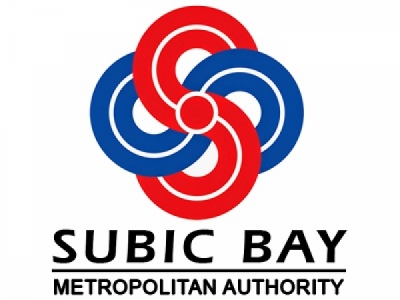
Posted on October 5, 2017
The rehabilitation of piers and wharves in the Subic Bay Freeport Zone will be the priority of the Subic Bay Metropolitan Authority (SBMA) in order to fully realize the potential of this premier maritime-logistics center.
Newly appointed SBMA Chairman and Administrator Wilma T. Eisma said the Subic agency has allocated P2.46 billion to repair and further develop port facilities, considered the heart and soul of the Subic Freeport.
“The piers and wharves are undeniably the biggest assets of Subic Bay, and our seaport generates the biggest income among all the SBMA units,” Eisma explained in a recent media briefing.
“We need to put these assets in top condition so that we can service more vessels and also get top returns for our investments,” she added.
Fifteen piers and wharves are located in this former American naval base. These are now used mainly for the transshipment of containerized and break-bulk cargoes, fuels and lubricants, grains and fertilizer, as well as servicing vessels and passengers.
At the same time, business locators in the port of Subic also offers key services, like cargo handling, pilot and tugboat services ship handling, bunkering and tendering, ship agents, onboard repair, cargo survey, underwater survey, and vessel lay-up and line handling.
In particular, the Alava Pier, which services military and passenger vessels in Subic, needs to be dredged and its piles strengthened in order to accommodate bigger cruise ships, Eisma said.
“We have concluded talks with some cruise liners and the Royal Caribbean Cruises Ltd. will dock in Subic starting next May, but we can’t bring in those with passenger capacity of up to 5,000 because our piers are not yet upgraded,” Eisma said.
She said she realized it was necessary to rehabilitate Alava Pier to bring it on a to par with global cruise standards when she atttended the 2017 Asia Cruise Forum in Jeju, South Korea, in August.
Eisma said that while Subic has its own airport, its seaport is the most viable facility to develop and earn from.
“With the money the government is pouring into Clark today, Subic cannot hope to compete with its airport, so we have to prioritize development of our seaport,” she explained.
Aside from the repair and development of ports, the SBMA also plans to undertake major projects, like the construction of the Magsaysay Bridge at the free port main gate; upgrading of Subic Bay International Airport facilities; concreting and repair of roads; port dredging; and building the proposed SBMA-Olongapo Museum.
The Subic agency is also planning to build an SBMA Corporate Center to house the various SBMA offices that are now scattered among several US Navy-era buildings, Eisma said.
With an estimated cost of P2.45 billion, the repair of Subic piers and wharves is expected to take up the bulk of the SBMA’s P3.548-billion infrastructure budget for 2018.
Source: Helleinc





